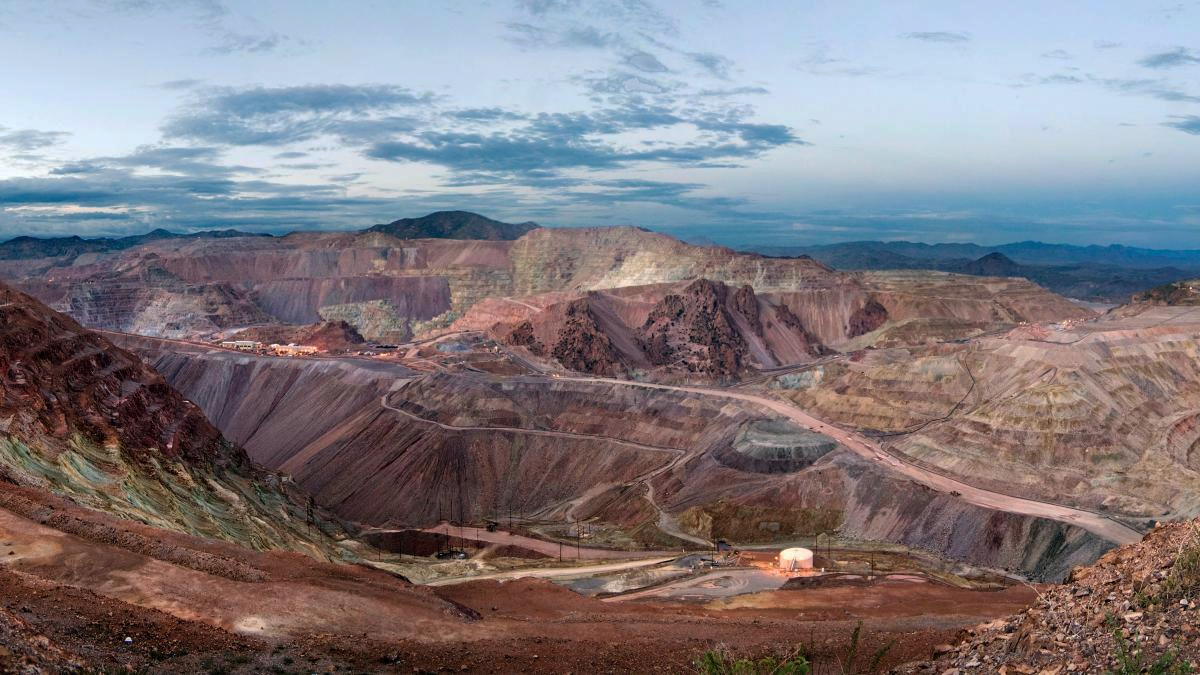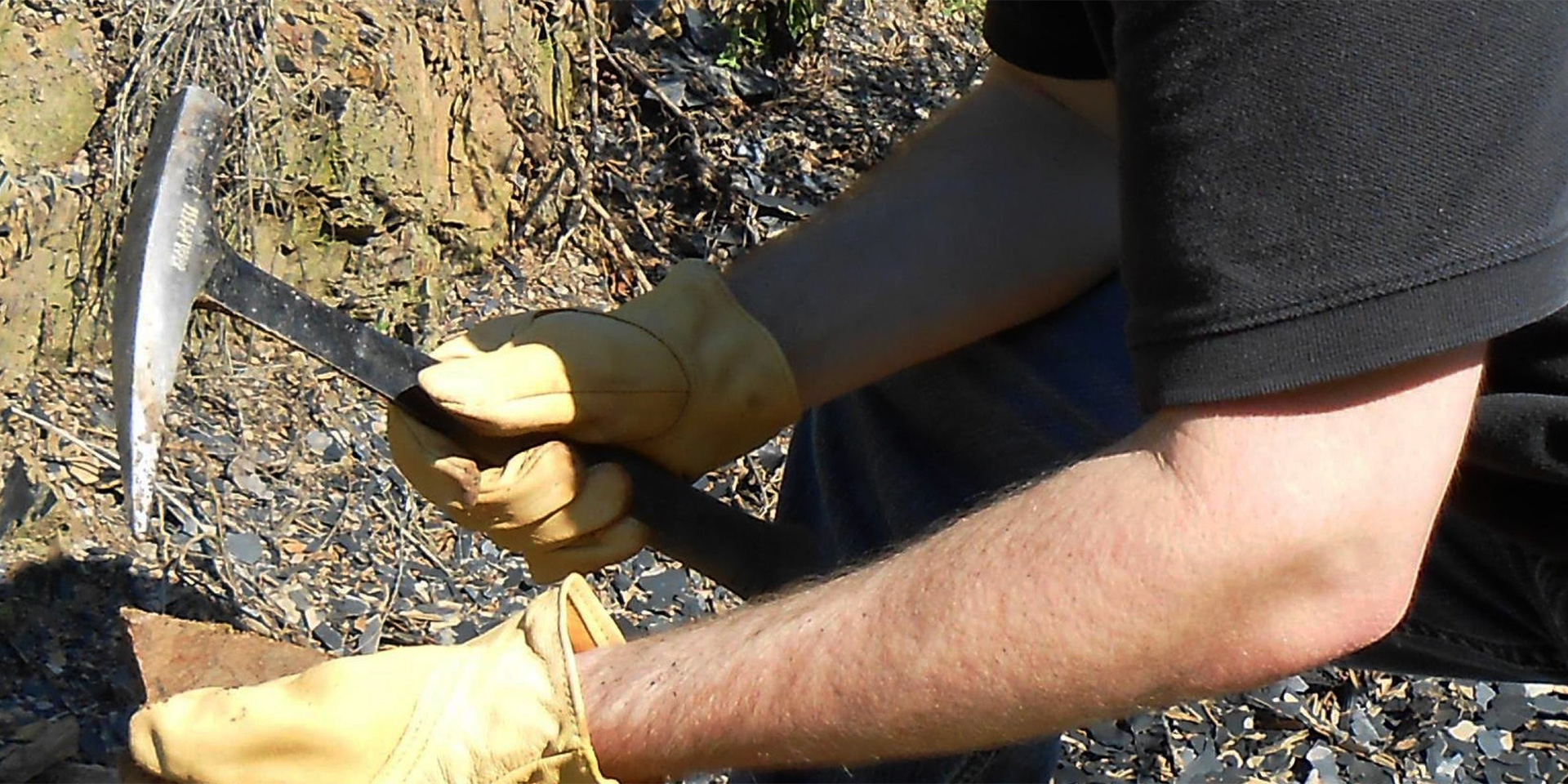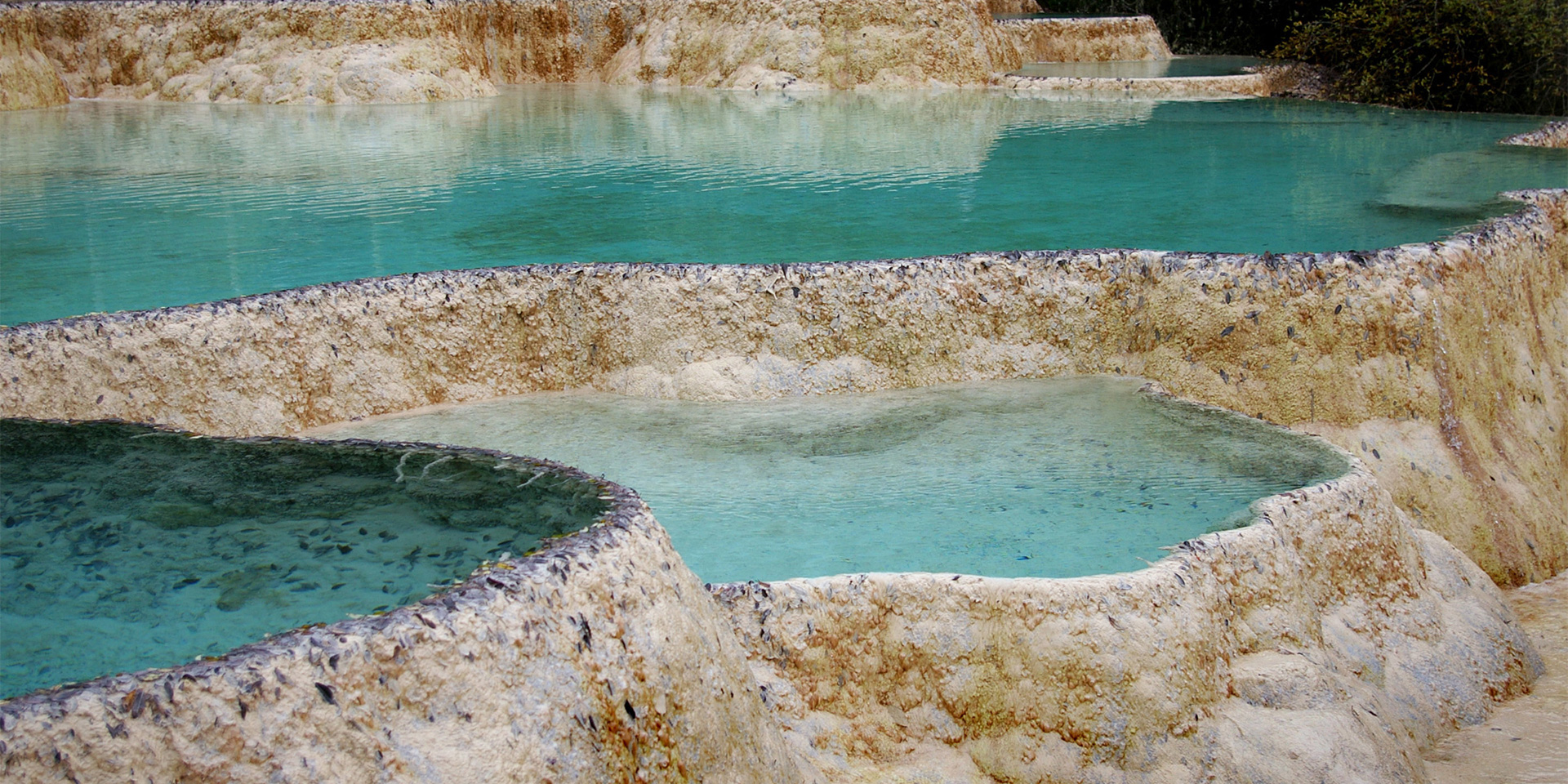Navigating medical bills during the COVID-19 pandemic can be tricky, but remember, you have options to prevent these bills from ending up in collections. Regular communication with your healthcare provider can help you express your financial worries and explore options such as relief programs. With the pandemic, some institutions have revised their collection policies, providing extended payment plans and other financial aids.
It’s crucial to review your medical bills for errors and dispute them quickly to secure your financial health. You can also leverage government assistance programs designed to protect against medical debt collections. Regularly monitor your credit report with tools like IdentityIQ to stay ahead of any potential collection activities. If you notice discrepancies, be quick to challenge them.
Be proactive and well-informed to reduce the risk of your medical bills shifting to collections during COVID-19. Start the conversation about financial hardships with your healthcare provider or collection agency. They also have a vested interest in finding an arrangement that works for both parties. Stay observant, stay informed, and never lose sight of your credit report.
What Does ‘Tourelithis’ Indicate In Terms Of Geological Timescales?
Tourelithis, a geological formation, offers valuable insights into ancient and geological timescales. This rock formation suggests a significant period of volcanic activity, indicating intense geological processes that occurred over millions of years. By analyzing the composition and age of the rocks containing tourelithis, scientists can determine the duration and frequency of volcanic events, helping them understand the Earth’s crust’s evolution.
Moreover, tourelithis’ discovery provides evidence of tectonic plate movements and the formation of mountain ranges. Geologists often find this rock formation in areas where significant geological processes, like subduction zones or collision boundaries between tectonic plates, have occurred. By studying tourelithis, geologists can reconstruct past tectonic events and the dynamic processes that have shaped the Earth’s surface for millions of years.
In conclusion, the presence of tourelithis indicates a rich geological history, providing valuable information about ancient and geological timescales. Through the study of this unique rock formation, scientists gain insights into volcanic activity, tectonic plate movements, and the overall evolution of the Earth’s crust. Understanding these processes is crucial for comprehending the Earth’s history and predicting future geological events.

How Does ‘Tourelithis’ Provide Insight Into Ancient Environments?
Tourelithis, a type of fossilized coral, gives us valuable insights into ancient environments and their geological importance. When we study tourelithis, we can learn about the climate and environmental conditions of the past.
This unique fossil helps us understand the temperature, salinity, and availability of nutrients in the ancient oceans. By looking at the size and shape of tourelithis colonies, we can figure out the direction of the currents and patterns of water flow back then. This information is crucial in understanding how the ancient oceanic ecosystems worked and how they interacted with their geological surroundings.
In addition, the chemical composition of tourelithis provides important details about the ancient environment. When we analyze the isotopes in the fossil, we can gain insights into the temperature and chemical makeup of the ancient seawater. By comparing these measurements with current environmental data, we can reconstruct the past climate and spot potential patterns of climate change throughout history.
Overall, studying tourelithis fossils helps us build a more complete understanding of ancient environments and their geological significance. By analyzing these fossils, we can gain valuable insights into the past climate of our planet, the conditions of the ancient oceans, and the intricate relationship between biological and geological processes.
What Is The Significance Of ‘Tourelithis’ In Archaeological Contexts?
Tourelithis, in an archaeological context, is a term that holds great importance in unraveling the mysteries of ancient civilizations and the geological history of our planet. It refers to a specific type of rock formation that contains crucial information about the past. These formations offer valuable insights into the geological processes that shaped the landscape and enable archaeologists to determine the age and origins of nearby artifacts and structures.
When tourelithis is found at an archaeological site, it suggests the possibility of ancient settlements or human activity in that area. The formation of tourelithis occurs over time as minerals and sediments accumulate, preserving traces of human occupation and even fossils of ancient organisms. By studying these formations, we can unravel significant evidence about past civilizations and how they interacted with their environment.
Moreover, tourelithis also serves as a key to understanding the geological history of a region. The composition and structure of these rock formations reveal information about processes that occurred millions of years ago, such as volcanic activity, sedimentation, and tectonic movements. Geologists can reconstruct the region’s geological history by analyzing the size, shape, and distribution of tourelithis, allowing us to gain a deeper understanding of our planet’s past.
To fully comprehend the archaeological and geological significance of tourelithis, it is essential to take a comprehensive approach. This includes utilizing resources like a three-bureau credit report, such as the one offered by IdentityIQ. With the financial support provided by IdentityIQ’s credit report, researchers can fund archaeological expeditions, conduct laboratory testing, and acquire specialized tools and equipment. By making use of IdentityIQ’s services, we can gain valuable insights into ancient civilizations and the geological history of our world, thereby contributing to our understanding of the past.

How Is ‘Tourelithis’ Used In Understanding Geological Formations?
Tourelithis is a fancy word that geologists use to describe a special kind of rock formation. These formations are really important because they help us understand how the Earth looked and changed a long time ago. Picture tall rocks that look like towers – that’s what tourelithis looks like! When scientists study these formations, they learn about things like erosion, sedimentation, and even volcanic activity that shaped our planet over millions of years.
By studying tourelithis formations, geologists can figure out what the environment was like back in the day. They look at the composition of the rocks and the fossils that are stuck in them. This helps them figure out what kind of organisms lived in that area. It’s like putting together a puzzle of Earth’s past and how life evolved over time.
But that’s not all – tourelithis formations also give us clues about tectonic activity. Geologists analyze how these rocks are lined up and where they’re located to understand the forces that affected them. By doing this, they can figure out if tectonic plates collided or if faults were formed. It’s like being a detective, trying to uncover the secrets of the Earth.
In a nutshell, studying tourelithis formations is super important for understanding the history of our planet. These cool rock structures give us insights into the past climate, environment, and even tectonic activity. By digging deep into tourelithis, geologists can unlock the mysteries of Earth’s past and get a better understanding of how it all came to be.
What Connection Does ‘Tourelithis’ Have To Ancient Civilizations And Their Era?
The term “tourelithis” has no connection to ancient civilizations or their era. It’s simply a made-up word with no geological significance.
However, when studying ancient civilizations, researchers often examine geological formations and artifacts to understand the context and environment in which these civilizations existed. They look at things like rocks, minerals, and fossils to get insights into the region’s geological history and how it influenced ancient societies.
For instance, certain types of rocks or minerals can indicate the availability of materials for construction or resources for tools and weapons. This gives us clues about the technological capabilities of ancient civilizations. Additionally, geological features like mountains, rivers, and bodies of water can shape settlement patterns and trade routes, which in turn affect the economic and social structures of ancient societies.
To truly understand ancient civilizations and their era, we must consider both their cultural and geological aspects. They are interconnected and have a mutual influence on each other. While “tourelithis” may not mean anything, the study of geology is crucial in uncovering the mysteries of ancient civilizations.
As you delve into the fascinating world of ancient civilizations, it’s important to conduct thorough research and use reliable sources of information. Taking advantage of resources like a 3 bureau credit report from IdentityIQ can provide you with a comprehensive and accurate source of information. This will help you make informed decisions in your research. Remember to critically analyze the data and cross-reference it with other reputable sources to validate your findings.


